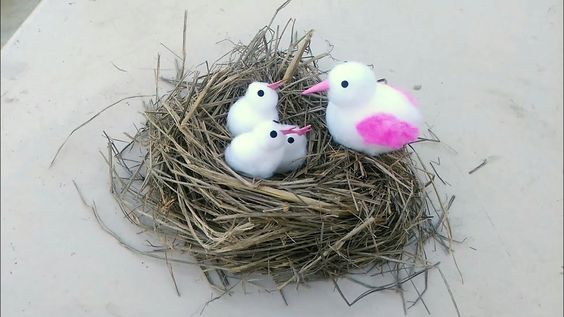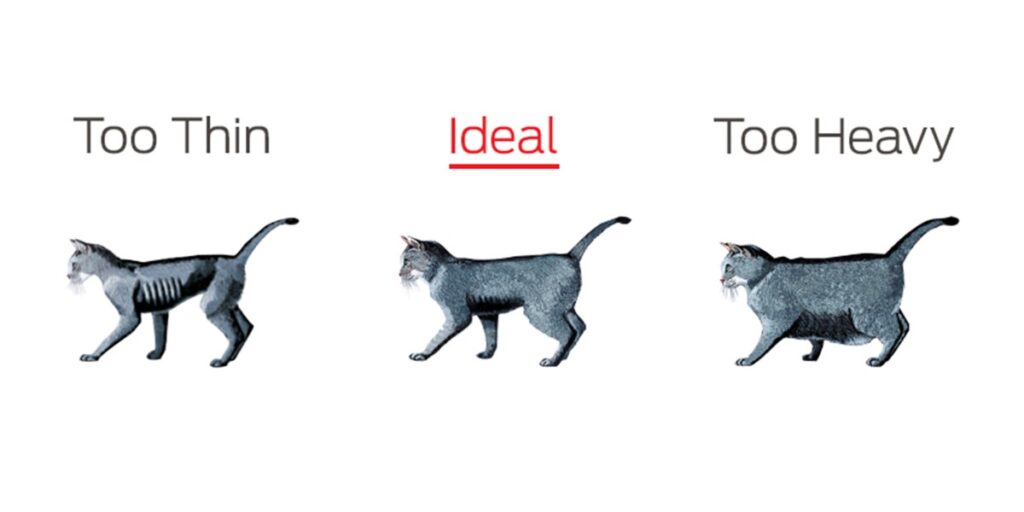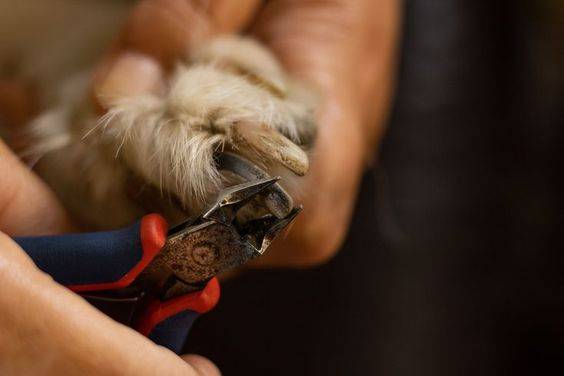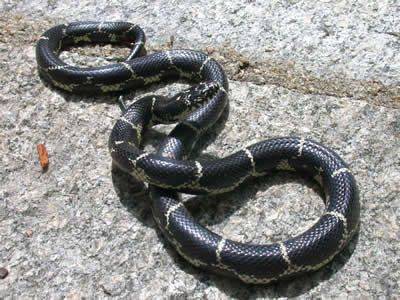Birds are fascinating creatures, and if you’re lucky enough to have them as pets, you know that providing a comfortable and safe environment is crucial for their well-being. One essential part of creating that environment is making a bird nest. Whether you have finches, canaries, parakeets, or any other type of pet bird, a well-made nest can enhance their sense of security and comfort. In this post, we’ll guide you through the process of making a bird nest for your pet birds, ensuring they have a perfect place to rest and breed.
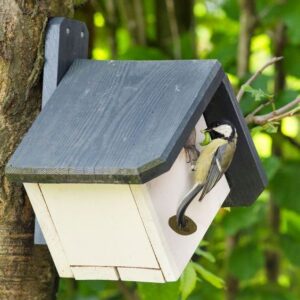
Understanding Your Bird’s Nesting Needs
Before diving into the making a bird nest process, it’s essential to understand the specific needs and preferences of your bird species. Different birds have varying requirements for nesting materials, nest size, and location. Here are a few general guidelines based on common pet bird types:
- Finches: These small birds prefer enclosed nests with a small entrance. They feel secure in covered spaces.
- Canaries: Canaries typically like open cup-shaped nests.
- Parakeets (Budgies): These birds often use nest boxes that resemble tree cavities.
- Lovebirds: Lovebirds prefer nesting boxes with a small opening and enough space to move around.
Materials Needed
For making a bird nest, you will need the following materials:
- Nest box or basket: Depending on the bird species, you can choose a wooden box, wicker basket, or a plastic nest.
- Nesting material: This includes soft materials like coconut fibers, shredded paper, soft hay, dried grass, feathers, and cotton wool.
- Scissors: For cutting the materials to the desired length.
- Wire or zip ties: For securing the nest in place (if needed).
- Drill (if using a wooden box): To create ventilation holes.
Step 1: Choose the Right Nest Box or Basket
The first step for making a bird nest is selecting the appropriate nest box or basket for your bird species. Here are some suggestions:
- Finches: Opt for a small wicker basket or a wooden box with a small entrance hole.
- Canaries: A small open wicker basket or plastic nest cup works well.
- Parakeets: A wooden nest box with a small entrance hole is ideal.
- Lovebirds: A larger wooden nest box with a small entrance hole and enough space inside.
Step 2: Prepare the Nest Box
If you’re using a wooden nest box for making a bird nest, it’s crucial to prepare it properly:
- Drill ventilation holes: Drill a few small holes on the sides and bottom of the nest box to ensure proper airflow.
- Smooth the edges: Sand down any rough edges or splinters inside the box to prevent injury to your birds.
Step 3: Gather and Prepare Nesting Materials
Nesting materials should be soft, clean, and free of chemicals. Here’s how to prepare them:
- Coconut fibers and dried grass: Cut them into small, manageable pieces.
- Shredded paper: Use non-toxic, uncolored paper and shred it into thin strips.
- Cotton wool and feathers: Ensure they are clean and free from contaminants.
Step 4: Assemble the Nest
Now, it’s time to assemble the nest:
- Line the nest box or basket: Start by placing a layer of coconut fibers or dried grass at the bottom.
- Add soft materials: Add a layer of shredded paper, cotton wool, and feathers on top.
- Shape the nest: Gently press down the materials to create a cup shape or a cozy hollow, depending on the bird species.
Step 5: Secure the Nest (if needed)
If you’re using a wicker basket or a nest that might move, secure it to the cage using wire or zip ties. Ensure it’s stable and won’t tip over easily.
Step 6: Placement in the Cage
Place the nest in a quiet and secure part of the cage. Birds prefer their nests to be in a location where they feel safe from disturbances. Avoid placing the nest near food and water dishes to keep it clean.
Maintaining the Nest
Once making a bird nest is complete, it’s essential to maintain it to ensure the health and comfort of your birds. Here are some tips for nest maintenance:
- Regular cleaning: Clean the nest regularly to prevent the buildup of waste and parasites. Replace soiled nesting materials with fresh ones.
- Monitor for wear and tear: Check the nest for any damage or wear and tear. Replace the nest box or basket if it becomes damaged.
- Observe bird behavior: Keep an eye on your birds’ behavior. If they seem uncomfortable or avoid the nest, it might need adjustments.
Encouraging Nesting Behavior
Encouraging nesting behavior in birds involves creating a comfortable and stress-free environment. Here are some tips:
- Proper diet: Provide a balanced diet rich in nutrients to support your birds’ health and breeding capabilities.
- Natural light: Ensure your birds get adequate natural light or use full-spectrum lighting to simulate natural conditions.
- Minimize disturbances: Keep the nesting area quiet and minimize disturbances to make your birds feel safe.
- Breeding pairs: If you want your birds to breed, ensure you have a compatible breeding pair and follow species-specific guidelines for breeding.
DIY Finch Nest
Materials Needed:
- Small wicker basket or coconut shell
- Coconut fibers
- Soft hay
- Shredded paper
Instructions:
- Prepare the basket: If using a wicker basket, ensure it has a small entrance. If using a coconut shell, cut an entrance hole.
- Line the basket: Place a layer of coconut fibers at the bottom.
- Add soft hay: Add a layer of soft hay on top of the coconut fibers.
- Finish with shredded paper: Add a final layer of shredded paper and shape it into a small cup.
- Place the nest: Secure the nest in the cage and ensure it’s stable.
DIY Canary Nest
Materials Needed:
- Open wicker basket or plastic nest cup
- Cotton wool
- Dried grass
- Feathers
Instructions:
- Prepare the basket: Ensure the wicker basket or plastic nest cup is clean and free of rough edges.
- Line the basket: Start with a layer of dried grass.
- Add cotton wool: Add a layer of cotton wool on top.
- Finish with feathers: Place a few feathers on top to create a soft lining.
- Shape the nest: Shape the materials into an open cup.
- Place the nest: Secure the nest in the cage in a quiet area.
DIY Lovebird Nest Box
Materials Needed:
- Large wooden nest box with a small entrance hole
- Coconut fibers
- Soft hay
- Shredded paper
Instructions:
- Prepare the nest box: Drill ventilation holes and smooth any rough edges.
- Line the nest box: Start with a layer of coconut fibers.
- Add soft hay: Add a layer of soft hay on top.
- Finish with shredded paper: Add a final layer of shredded paper and shape it into a cozy hollow.
- Place the nest: Secure the nest box in the cage at a higher elevation for safety.
inference
Making a bird nest for your pet birds is a rewarding task that enhances their living environment and supports their natural behaviors. By understanding your bird’s specific needs and preferences, gathering the right materials, and following the steps outlined in this guide, you can create a comfortable and secure nest for your feathered friends.
Remember, the key to making a bird nest successful is regular maintenance and observation. Keep the nest clean, monitor your birds’ behavior, and adjust the nest as needed to ensure your birds remain happy and healthy.

